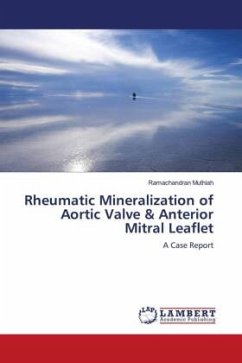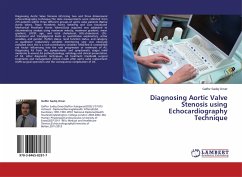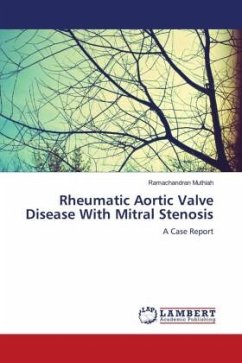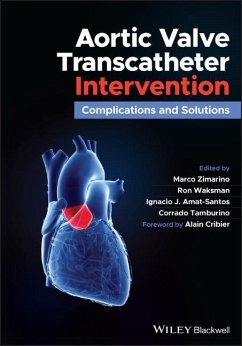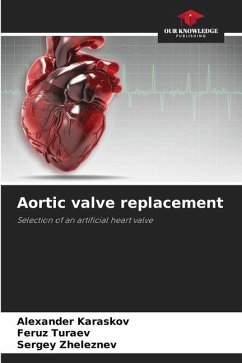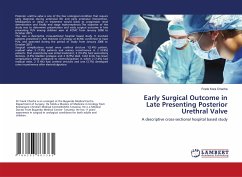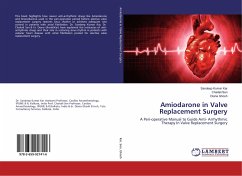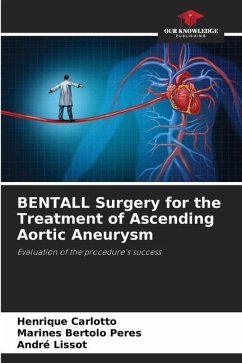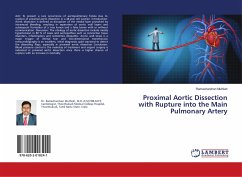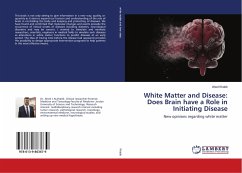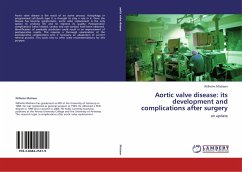
Aortic valve disease: its development and complications after surgery
an update
Versandkostenfrei!
Versandfertig in 6-10 Tagen
52,99 €
inkl. MwSt.

PAYBACK Punkte
26 °P sammeln!
Aortic valve disease is the result of an active process. Autophagy or programmed cell death type II, is thought to play a role in it. Once the disease has become symptomatic, aortic valve replacement is the only option to prolong life and to improve its quality. Postoperative complications (valve related, cardiac and non-cardiac) have been observed. Identification of avoidable predictors could result in an improvement of postoperative results. This requires a thorough examination of the postoperative complications and, if necessary, an adaptation of current referral practice. This work tries t...
Aortic valve disease is the result of an active process. Autophagy or programmed cell death type II, is thought to play a role in it. Once the disease has become symptomatic, aortic valve replacement is the only option to prolong life and to improve its quality. Postoperative complications (valve related, cardiac and non-cardiac) have been observed. Identification of avoidable predictors could result in an improvement of postoperative results. This requires a thorough examination of the postoperative complications and, if necessary, an adaptation of current referral practice. This work tries to offer some recommendations for this purpose.



